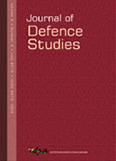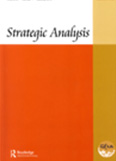Lone Wolf Attacks: An Assessment in the Indian Context
If the IS has been able to successfully recruit Indians for the war in Syria and provide technical support for their travel, it is a matter of time before they find recruits willing to employ violence in India itself.
- Published: December 10, 2015













